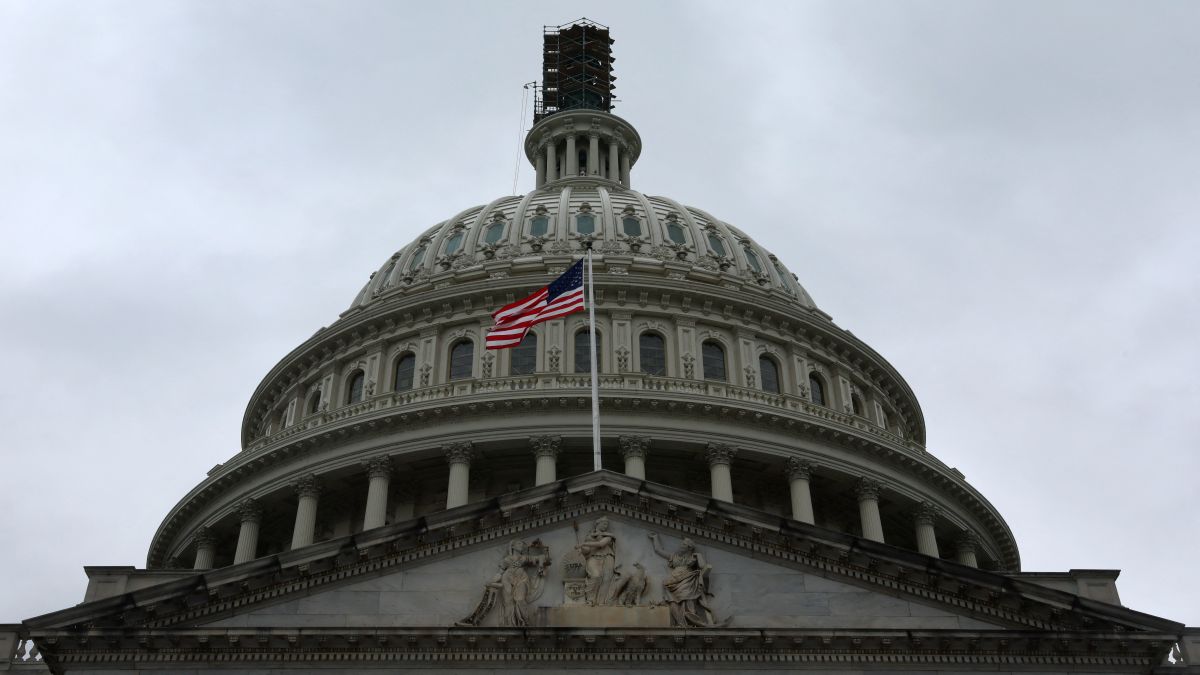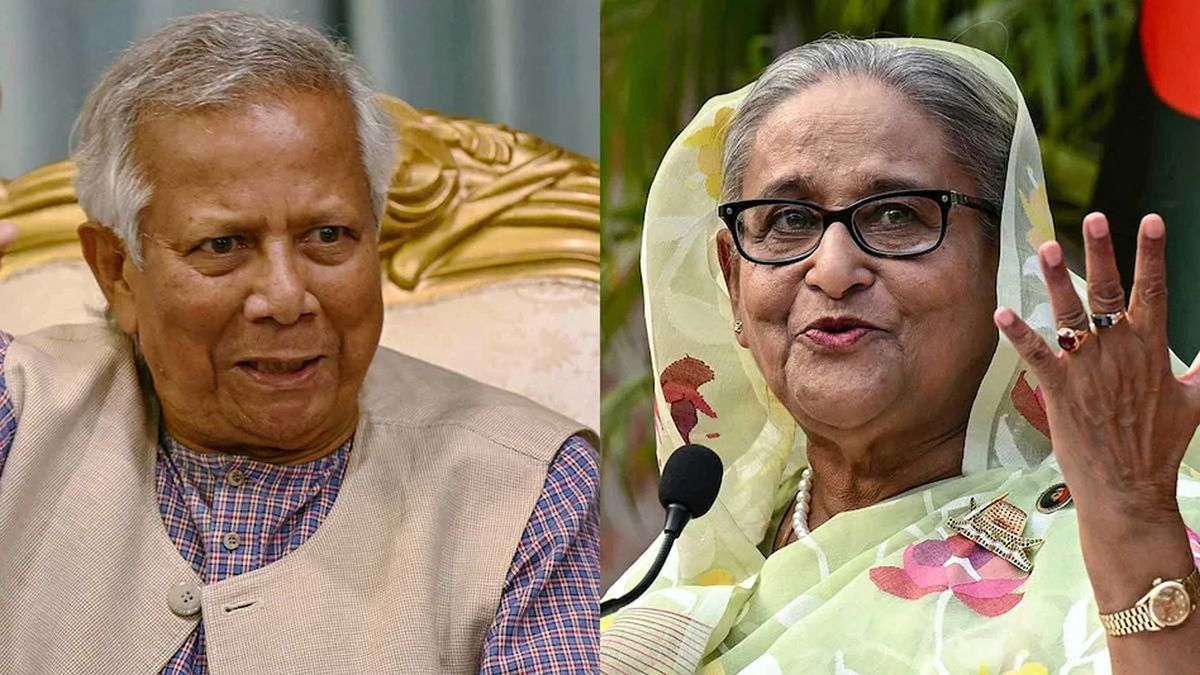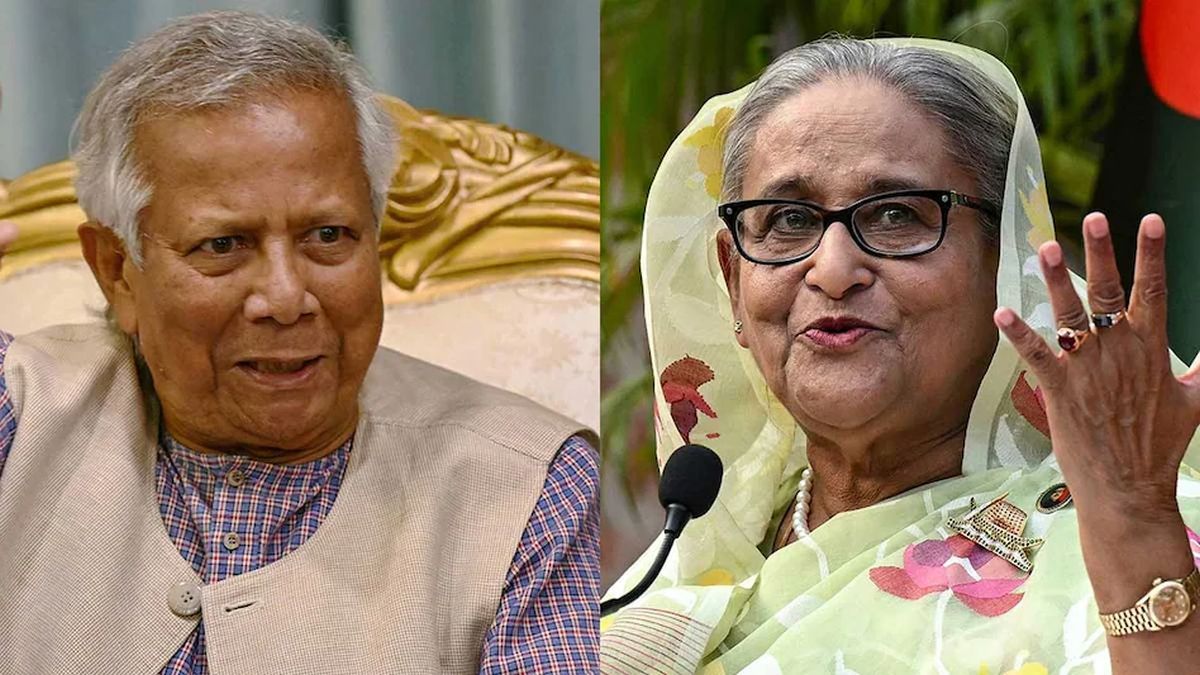Video streaming giant YouTube has cautioned that Australia’s plan to ban children under the age of 16 from using social media platforms will not necessarily make them safer online. The legislation, announced by Prime Minister Anthony Albanese last year, is expected to take effect by the end of 2025. Major platforms including Facebook, TikTok, and Instagram could face significant penalties for failing to comply.
Although the rules will also apply to YouTube, the company has argued that it is not a social media platform and should therefore be exempt. Addressing a senate committee on Monday, YouTube’s local spokeswoman Rachel Lord said the government’s move, while “well intentioned,” could lead to “unintended consequences.”
She stated, “The legislation will not only be extremely difficult to enforce, it also does not fulfil its promise of making kids safer online.” Lord added that while strong laws could support industry efforts to protect children, “the solution to keeping kids safer online is not stopping them from being online.” She further stressed that YouTube should be “out of scope of this legislation” as it does not classify itself as a social media service.
Concerns over enforcement and industry response
Australia has often led international efforts to tackle online harm, yet the proposed ban has drawn criticism for lacking clarity on enforcement. Some experts have voiced concerns that the law might prove largely symbolic.
Social media companies have previously described the proposal as “vague,” “problematic,” and “rushed.” Under the new rules, the eSafety Commissioner will have authority to impose fines of up to Aus$49.5 million (US$32 million) on companies that fail to comply.
Last month, the government clarified that platforms would not be required to verify every user’s age, but must instead take “reasonable steps” to identify and remove underage accounts.
Despite widespread agreement on the need to protect children online, YouTube maintains that the proposed restrictions will not necessarily deliver the intended safety outcomes.


)

)
)
)
)
)
)
)
)



